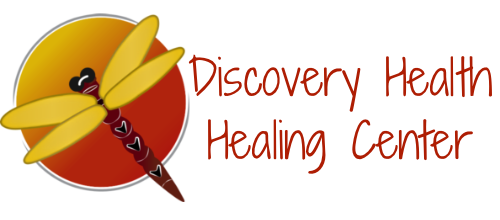5 Easy Steps to GF, DF Meal Planning
Meal planning while adhering to a dairy-free and gluten-free diet may seem challenging at first, but with some careful planning and creativity, it can be both delicious and nutritious. Here are some tips to help you successfully meal plan:
1. Know Your Options
- Gluten-Free Grains: Include gluten-free grains such as quinoa, rice, millet, buckwheat, and oats (ensure they are certified gluten-free to avoid cross-contamination).
- Non-Dairy Proteins: Incorporate plant-based protein sources like beans, lentils, tofu, tempeh, edamame, nuts, and seeds.
- Vegetables and Fruits: Load up on a variety of colorful fruits and vegetables to add flavor, nutrients, and fiber to your meals.
- Healthy Fats: Use sources of healthy fats like avocados, olive oil, coconut oil, nuts, and seeds to add richness and flavor to your dishes.
2. Plan Your Meals
- Create a Weekly Menu: Plan your meals for the week, including breakfast, lunch, dinner, and snacks. Consider your schedule and choose meals that are quick and easy for busy days.
- Balance Your Plate: Aim for a balance of protein, healthy fats, fiber-rich carbohydrates, and vegetables in each meal to ensure satiety and nutritional balance.
- Variety is Key: Include a variety of ingredients and flavors to keep your meals interesting and satisfying.
3. Find Substitutes
- Gluten-Free Alternatives: Experiment with gluten-free alternatives like rice pasta, quinoa pasta, chickpea pasta, and zucchini noodles (zoodles) for pasta dishes.
- Dairy-Free Substitutes: Use dairy-free alternatives such as almond milk, coconut milk, oat milk, soy milk, or rice milk in place of cow's milk in recipes.
- Nutritional Yeast: Incorporate nutritional yeast as a dairy-free cheese alternative for added flavor and creaminess in dishes like sauces, soups, and salads.
4. Batch Cooking and Prep
- Prep Ingredients: Wash, chop, and prepare ingredients in advance to streamline cooking during the week. This can include washing and cutting vegetables, cooking grains and beans, and marinating proteins.
- Batch Cooking: Cook large batches of staple items like grains, beans, and roasted vegetables to use in multiple meals throughout the week.
- Freeze Portions: Freeze individual portions of soups, stews, casseroles, and sauces for quick and convenient meals on busy days.
5. Explore New Recipes
- Online Resources: Explore dairy-free and gluten-free recipes online, through cookbooks, or food blogs for inspiration and new meal ideas. We do nutrition coaching!
- Experiment with Flavors: Get creative with herbs, spices, and condiments to add flavor to your dishes without relying on dairy or gluten.
6. Read Labels Carefully
- Gluten-Free Certification: Look for products that are certified gluten-free to ensure they are free from gluten contamination.
- Dairy-Free Labels: Check food labels for dairy-derived ingredients like milk, butter, cream, cheese, and whey, and opt for dairy-free alternatives.
7. Stay Organized
- Keep a Shopping List: Maintain a running shopping list of dairy-free and gluten-free staples and ingredients you need to replenish.
- Stock Your Pantry: Keep your pantry stocked with essential gluten-free grains, legumes, canned goods, herbs, and spices to make meal prep easier.
8. Seek Support
- Online Communities: Join online communities or forums of people following dairy-free and gluten-free diets for support, recipe ideas, and tips.
- Share Meals: If others in your household are not following the same diet, find ways to adapt meals to accommodate everyone's preferences while still meeting your dietary needs.
Conclusion
Meal planning while following a dairy-free and gluten-free diet requires some extra effort and creativity, but with careful planning, you can enjoy delicious and satisfying meals that meet your nutritional needs. Experiment with different ingredients, flavors, and recipes to find what works best for you, and don't hesitate to seek support and inspiration from others following similar dietary lifestyles.
